10.07.2025 | In the Flow of Renewal: How Our Waters Are Regaining Momentum

On 10 July 2025, around 30 participants took part in an advanced training course at Magdeburg-Stendal University of Applied Sciences, examining the goals of the new EU Nature Restoration Regulation, which also seeks to significantly advance the renaturation of water bodies across Europe. The event combined theory and practice, including a visit to the Tanger Maintenance Association on the Lüderitzer Tanger in Germany, where a range of restoration measures were demonstrated and discussed in depth.
On 10 July 2025, a professional development event was held at Magdeburg-Stendal University of Applied Sciences for staff from the Saxony-Anhalt Ministry of Science, Energy, Climate Protection and the Environment. Colleagues from the WUBS Department and university students were also invited. While the previous year’s event focused on “Peatland Revitalisation in Saxony-Anhalt”, this year’s programme centred on the theme: “Watercourse Development and Maintenance in the Context of the EU Nature Restoration Regulation.
While the topic might have seemed dry at first glance, the event proved to be both insightful and dynamic, thanks to the organisers’ skillful integration of theory and practice. Three university professors delivered introductory lectures in the morning, providing a conceptual framework. The afternoon session then offered a practical case study, with detailed insights into the work of the Tanger Maintenance Association (Unterhaltungsverband Tanger) in the Altmark region - an authentic illustration of restoration measures in action.
The EU Nature Restoration Regulation: A Genuine Opportunity or a Toothless Tiger?
The thematic framework was provided by the EU Nature Restoration Regulation, which came into force in August 2024 and was presented by Professor Petra Schneider. The regulation addresses long-standing challenges: the EU had already set itself the target of restoring at least 15% of degraded ecosystems through its 2020 Biodiversity Strategy – a target that was significantly missed. According to the European Environment Agency, around 81% of protected habitats in the EU remained in poor or inadequate condition in 2020. The principal reasons for this failure included a lack of specific requirements, deadlines, and legally binding commitments.
The new regulation adopts a more comprehensive approach: By 2050, all natural and semi-natural ecosystems – from marine environments to peatlands, rivers, floodplains and urban areas – are to be progressively restored. A particular focus is placed on pollinators. Regarding aquatic ecosystems, 25,000 kilometres of rivers are to be restored by 2030. However, the practical implementation and funding mechanisms remain unclear at present. National restoration plans with measurable targets will support implementation.
River restoration: Not automatically a success story
Professor Johannes Radinger, until recently based at the Leibniz Institute of Freshwater Ecology and Inland Fisheries in Berlin, introduced the fundamentals of river restoration and presented current developments and his own practical experiences. However, the goal of comprehensively returning an ecosystem to its original natural or semi-natural state is complex and requires a holistic approach. Many projects fall short of expectations, as numerous factors – such as novel microplastic inputs or climatic changes – can impact biodiversity. Consequently, long-term monitoring is essential for evaluating restoration measures. His own research in gravel pit lakes in Lower Saxony demonstrated that creating shallow water zones had significantly positive effects on species composition, unlike the introduction of deadwood (observed over a four-year period).
Typical river restoration measures include:
- Reinstating hydrological connectivity (e.g., removing migration barriers such as weirs, modifying structures to facilitate fish passage and sediment transport)
- Establishing near-natural riverine structures (removing bank reinforcements, creating shallow-water zones and diverse riparian habitats)
- Revitalising floodplains (reconnecting inundation areas to restore natural flood and sediment dynamics)
- Improving water quality (reducing nutrient and pollutant inputs, for instance through buffer strips)
- Promoting native vegetation (reintroducing site-appropriate plant species, encouraging natural succession)
- Engaging local stakeholders (e.g., angling associations, farmers) to reconcile conservation and land use
Crucially, the socioeconomic context must also be taken into account.
Encouraging Case Study: Buzzing River Landscapes in Upper Franconia, Germany
Prof. Dr. Volker Lüderitz presented the InseGdA project, launched in 2020 in the district of Wunsiedel (Fichtelgebirge). The project aims to counteract the decline in insect diversity in the river landscapes of the Eger and Röslau. Despite existing protected areas, insect populations had declined significantly.
Through the restoration of watercourses and near-natural management of adjacent floodplains, the project seeks to create better habitats for insects and other species. River restoration is central to this effort, as structurally diverse, near-natural watercourses and floodplains provide numerous microhabitats and food sources.
As part of the project, straightened sections of streams were restored, stream beds were flattened, and deadwood and stones were introduced, while mowing of meadows was reduced.
Initial successes are already visible: biodiversity has increased and the structure of the watercourses has improved. The project is considered a model for similar measures across Germany.
From Streamline Mowing to Electrofishing: Hands-on River Restoration at the Lüderitz Tanger
A particular highlight of the event was the practical session hosted by the Tanger Maintenance Association, located approximately 60 kilometres north of Magdeburg. Under the guidance of Jan Klein, the association's managing director—who has led the team for over a decade and maintains close collaboration with Magdeburg-Stendal University of Applied Sciences—participants were able to experience both the characteristic hospitality of the Altmark region and a tractor-drawn carriage tour to key sites along the Lüderitz Tanger. Here, theory came to life as participants could observe and discuss the previously presented restoration measures on-site.
The Lüderitz Tanger once exemplified the consequences of human intervention: channel straightening, impoundments, and intensive maintenance had stripped the river of its structural diversity, destroyed habitats, and lowered groundwater levels. Through restoration efforts, the Maintenance Association aims to re-establish ecological connectivity, stabilise the water balance, and create diverse habitats for flora and fauna. Key measures include the removal of outdated weirs or installation of fish-friendly bypass channels, the replanting of riparian zones with native shrubs (benefiting not only vegetation but also beavers), and the introduction of structural elements such as approximately 200 deadwood logs and over 2,500 cubic metres of gravel along a 10-kilometre stretch..
A particularly illustrative measure is the so-called streamline mowing technique: This approach involves carefully managing vegetation in and around watercourses in an ecologically sensitive manner. The method follows the waterway's natural flow patterns (known as "streamlines"), with selective, section-by-section maintenance. Rather than removing aquatic vegetation indiscriminately, plants are strategically trimmed to maintain the watercourse's flow dynamics while protecting its ecology and preventing siltation or sedimentation.
An alternative approach is rotational bank mowing: Here, only one riverbank is cleared at a time, ensuring the opposite side retains refuge areas for flora and fauna. Water quality considerations are equally integral - rather than continuous desilting of the riverbed, targeted interventions at intervals help maintain stable oxygen levels and preserve the ecological balance.
The measures are proving effective: Water levels have stabilised, and the river now retains more water—a clear advantage, particularly during dry periods. While local residents initially viewed the changes with scepticism, direct engagement has fostered growing appreciation for the nature-based approach. As Jan Klein emphasises, river restoration is a long-term process that can only succeed through sustained commitment and collaboration between all stakeholders.
The event concluded with a practical demonstration: Professor Volker Lüderitz and students from the Ecological Engineering Master's programme performed an electrofishing survey using modern lightweight lithium batteries instead of the older lead-acid systems. This gentle method temporarily stuns fish, allowing them to be counted, identified and safely released.
During the survey of a 50-metre stretch, the team caught 18 gudgeons, 11 chubs, 5 stone loaches, 2 pikes and one invasive round goby. While these results were considered unsatisfactory - particularly due to the absence of typical species like daces, roaches, rudds, bleaks and perches - the demonstration proved highly educational. For two local children who joined the activity, it became a memorable encounter with river ecology. Such experiences may help foster a new generation in Saxony-Anhalt that grows up appreciating and protecting increasingly healthy river ecosystems.
Materials:
Additional Materials on the EU Nature Restoration Regulation
- Text of the EU Nature Restoration Regulation (July 2024) – Consolidated Legal Act
- European Commission: Nature Restoration Regulation
- Biodiversity Information System for Europe: Implementing the Nature Restoration Regulation (NRR) - Frequently Asked Questions
Additional Materials on Watercourse Development and Restoration
- Information Page of the German Environment Agency.
- German Environment Agency. Waters in Germany: Status and assessment. Dessau-Roßlau. 2017. Link to the publication
- Platform: European Centre for River Restoration
- Vayhinger, E. Restoration of the Lower Havel River in Northeast Germany. Land Trusts as Climate Change Solution Providers. Case Profile Series. Lincoln Institute of Land Policy / International Land Conservation Network. 2022. Link to the paper
Check also the German version for further sources in German.
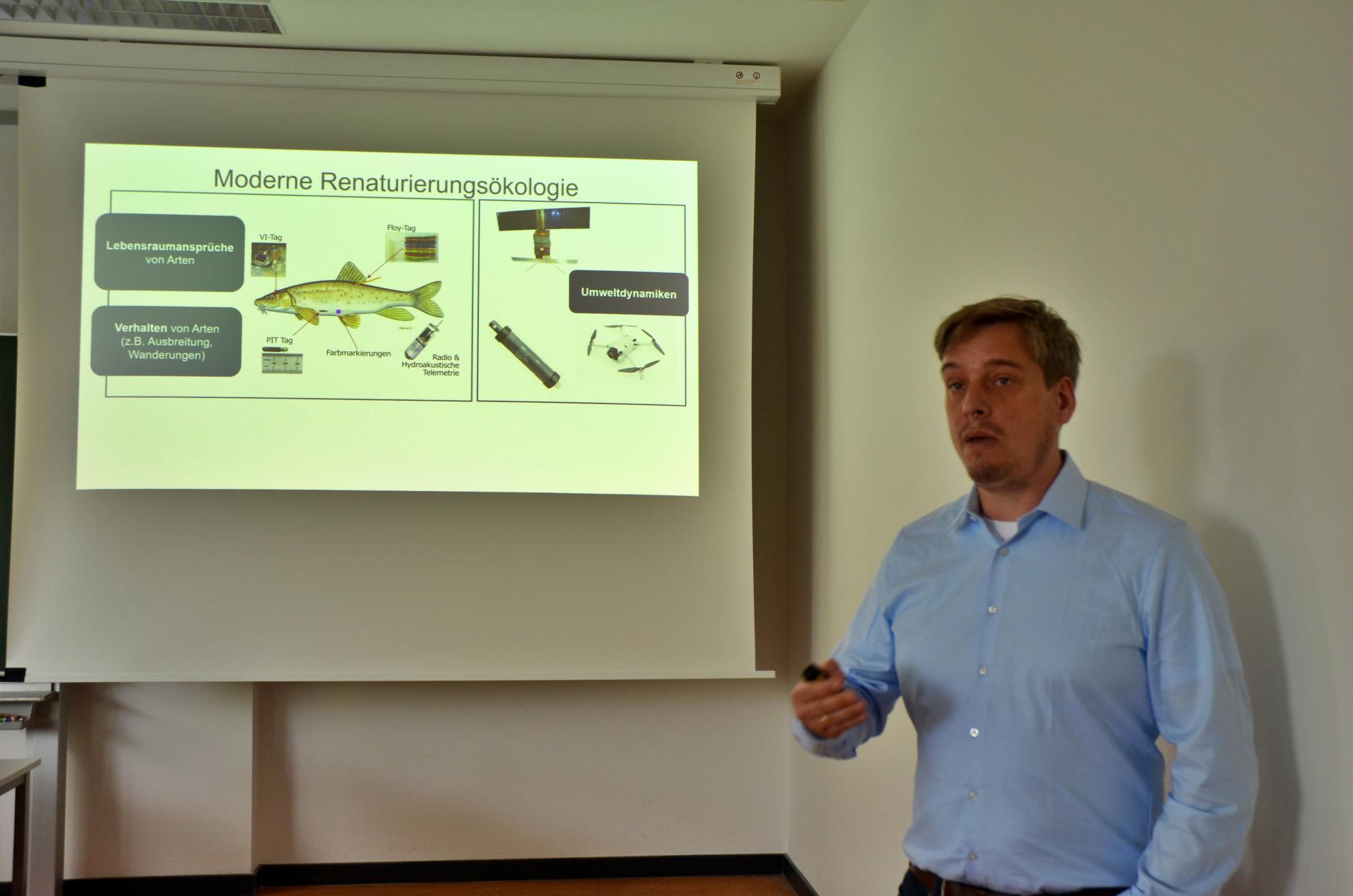
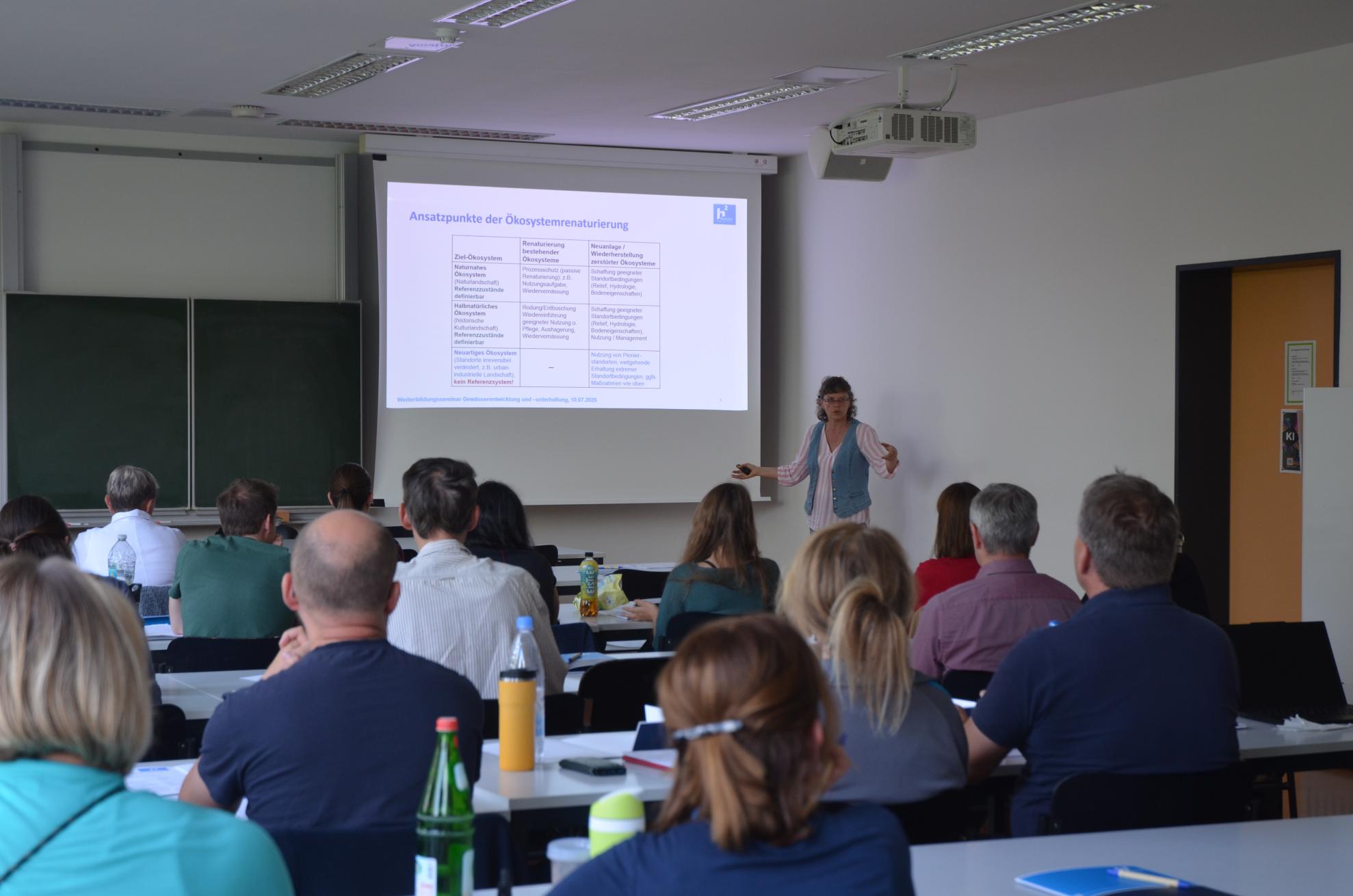
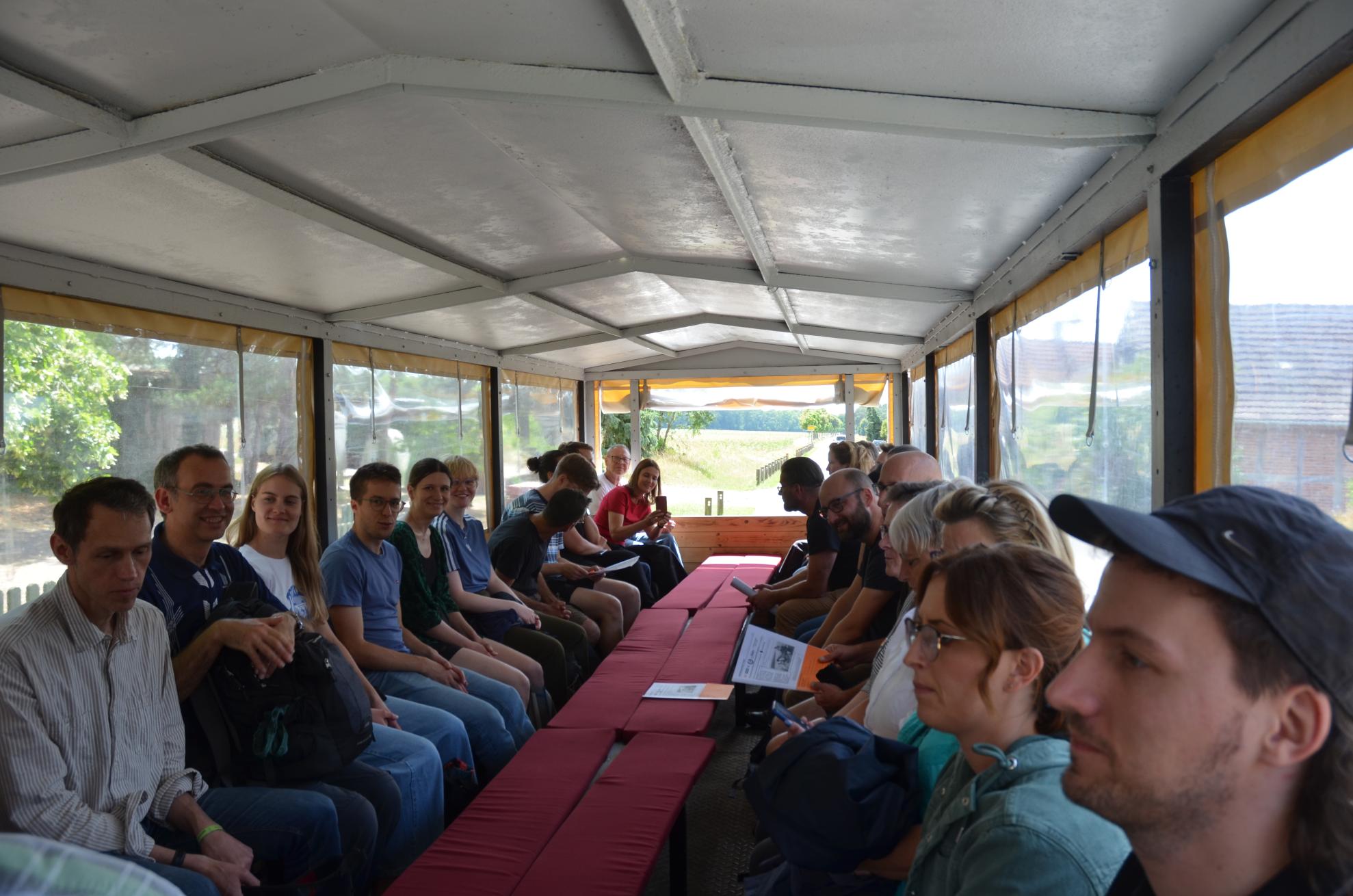
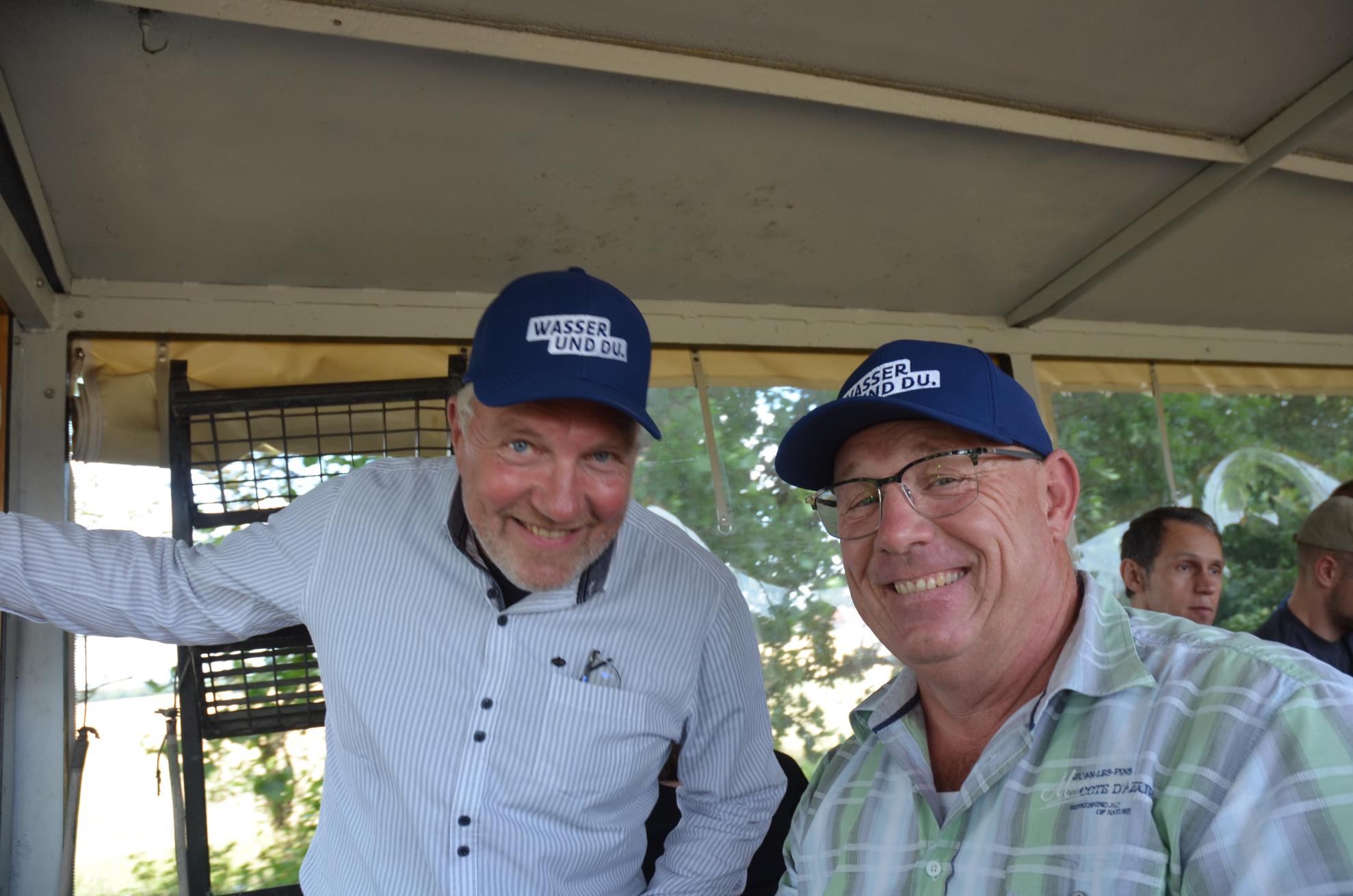
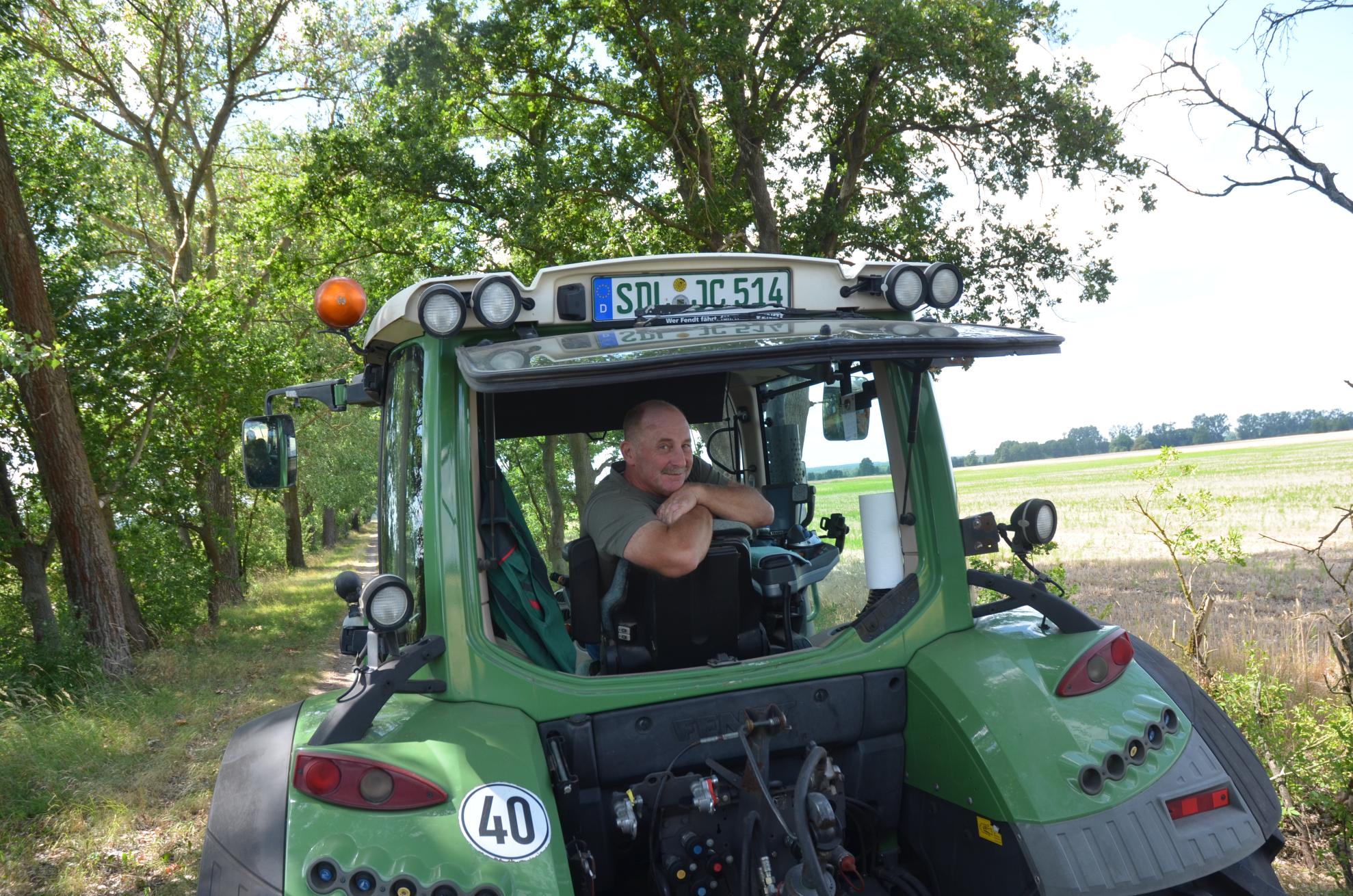
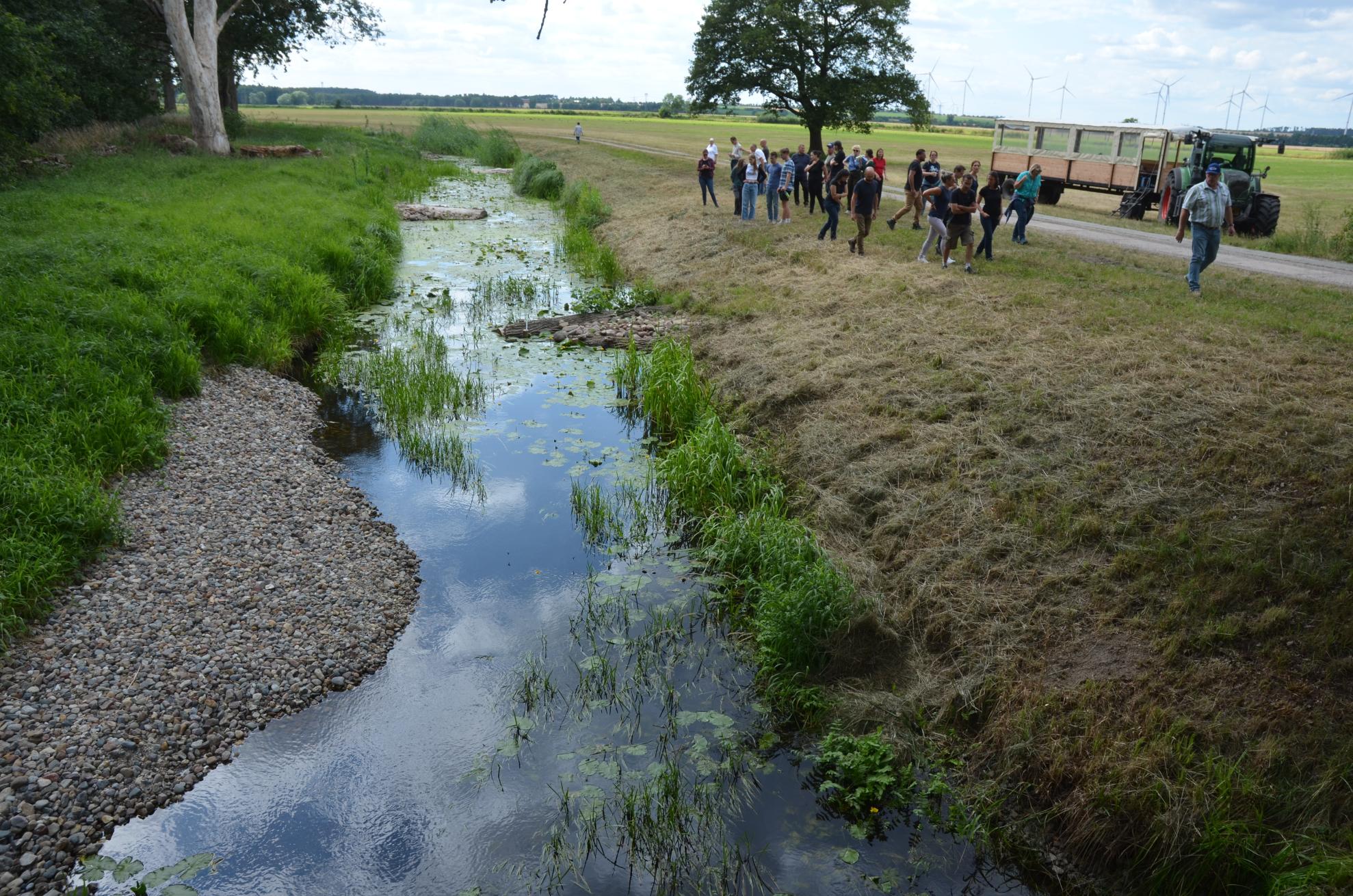
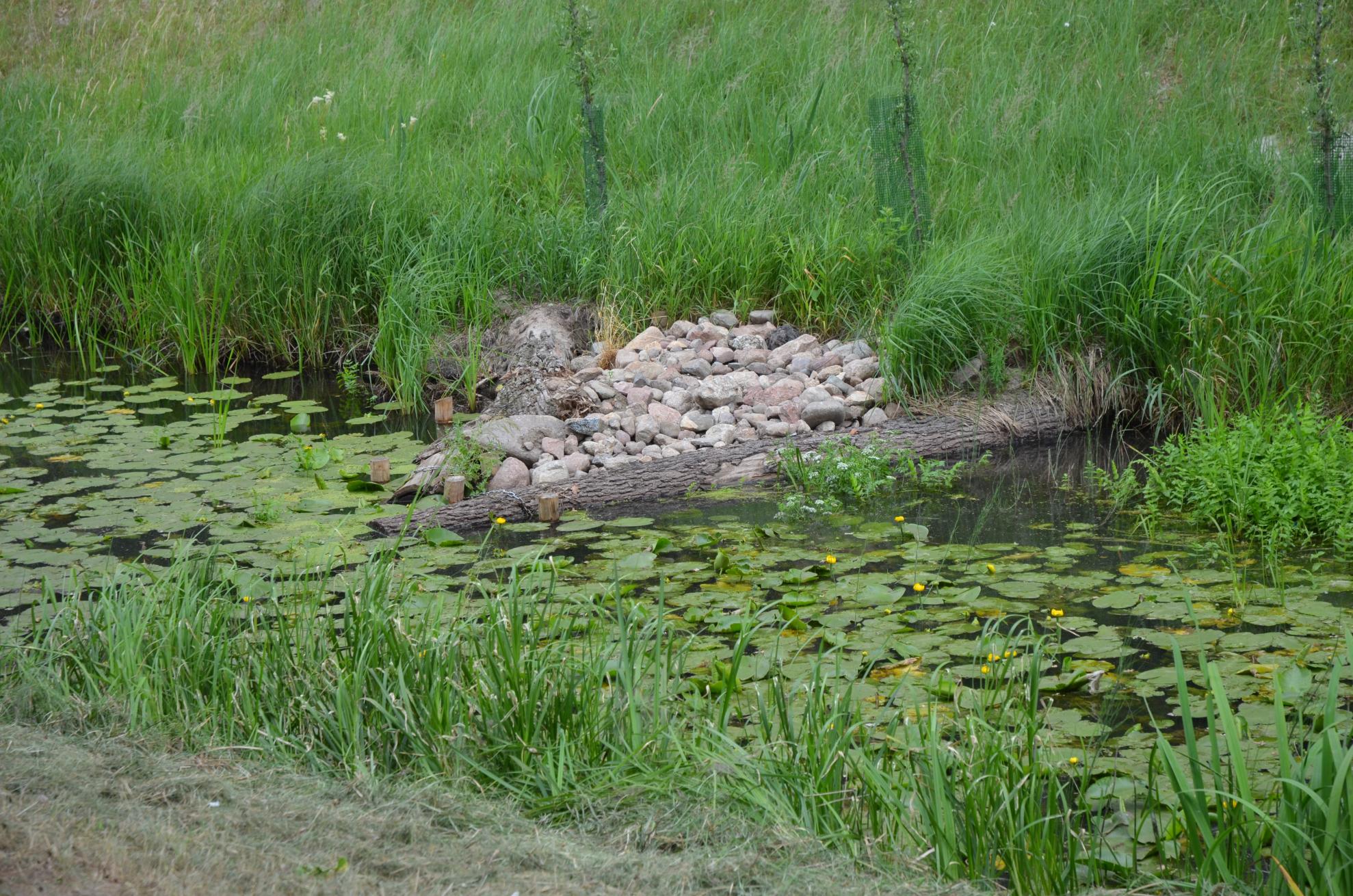
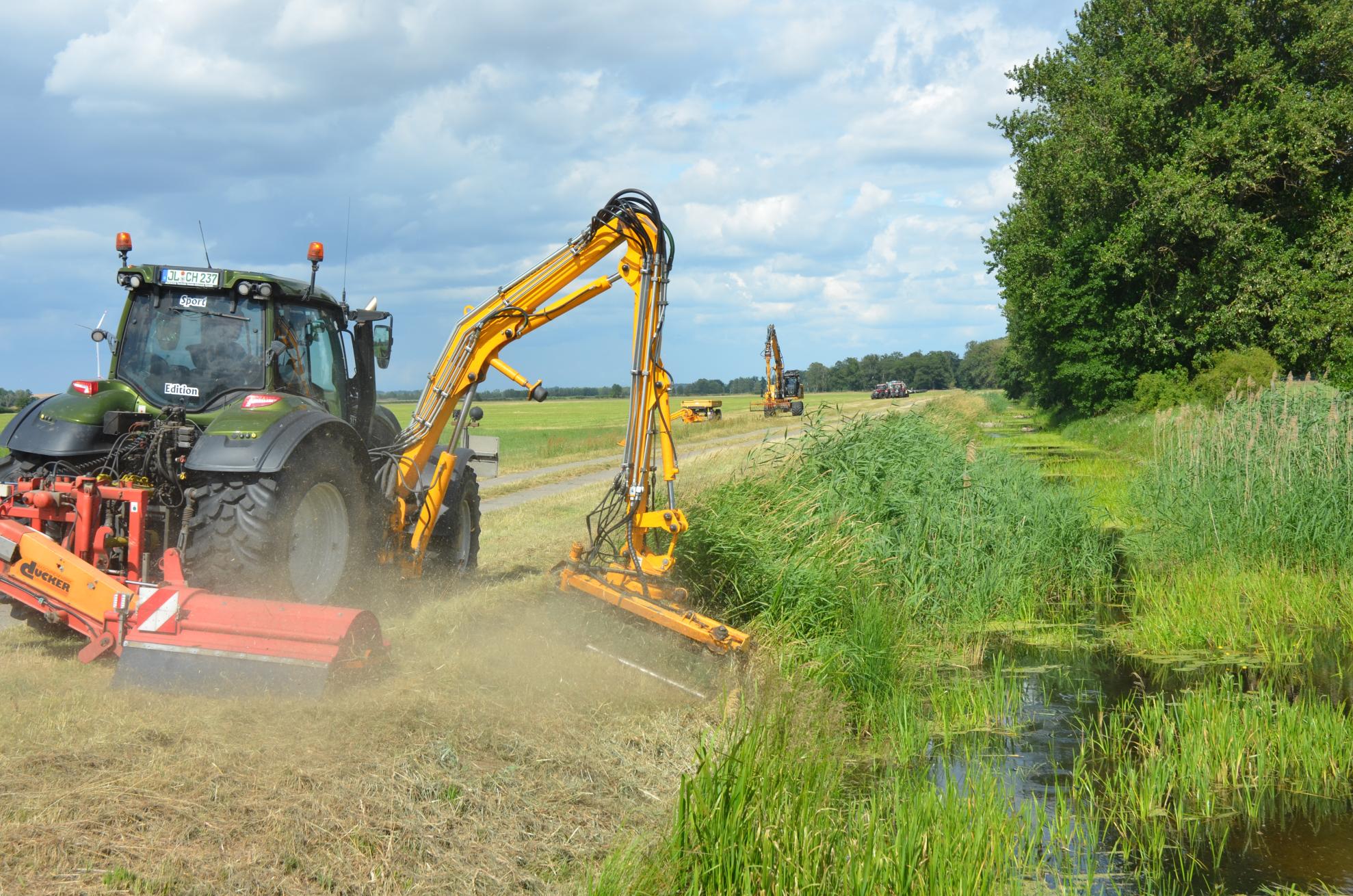
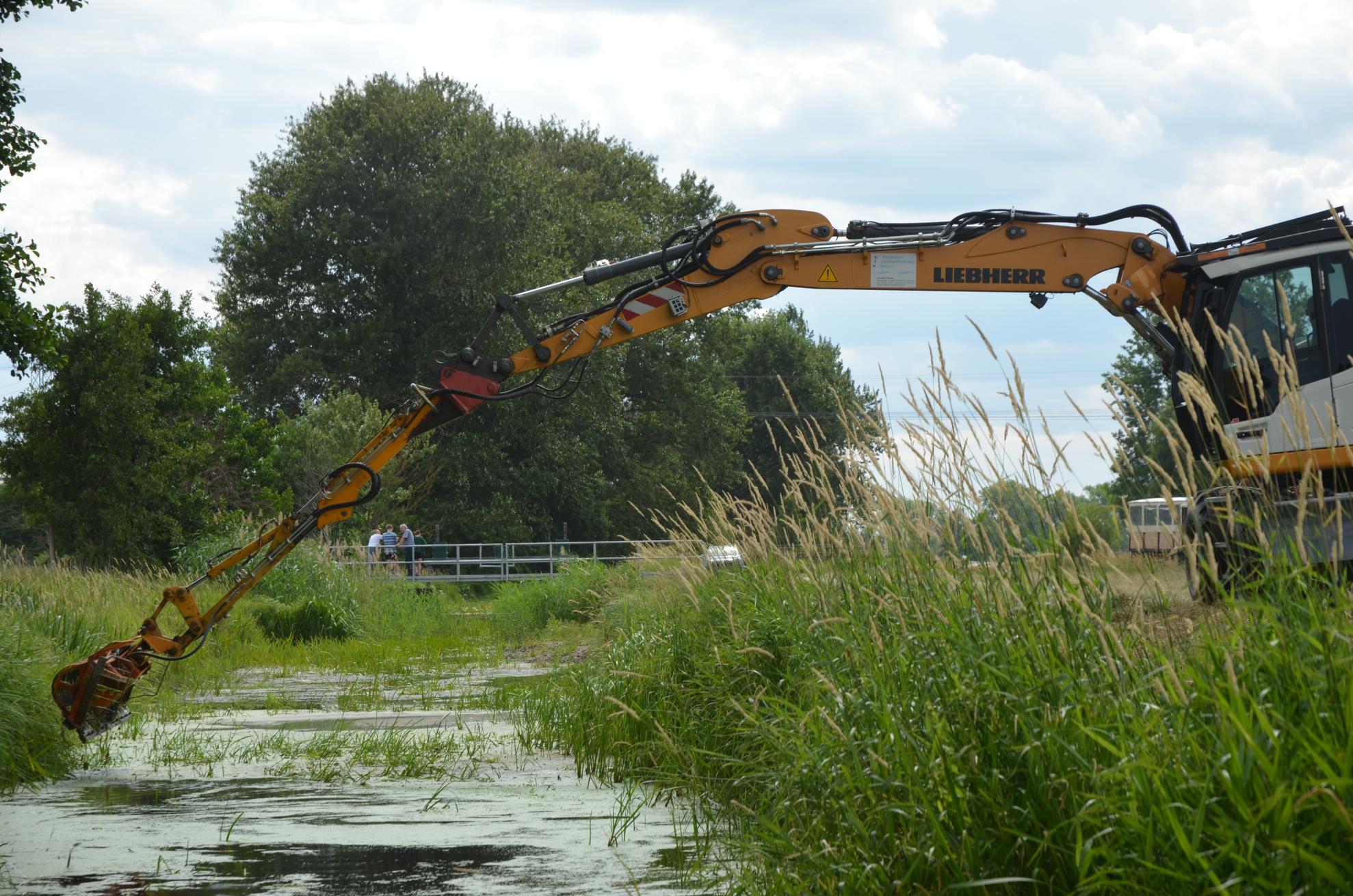
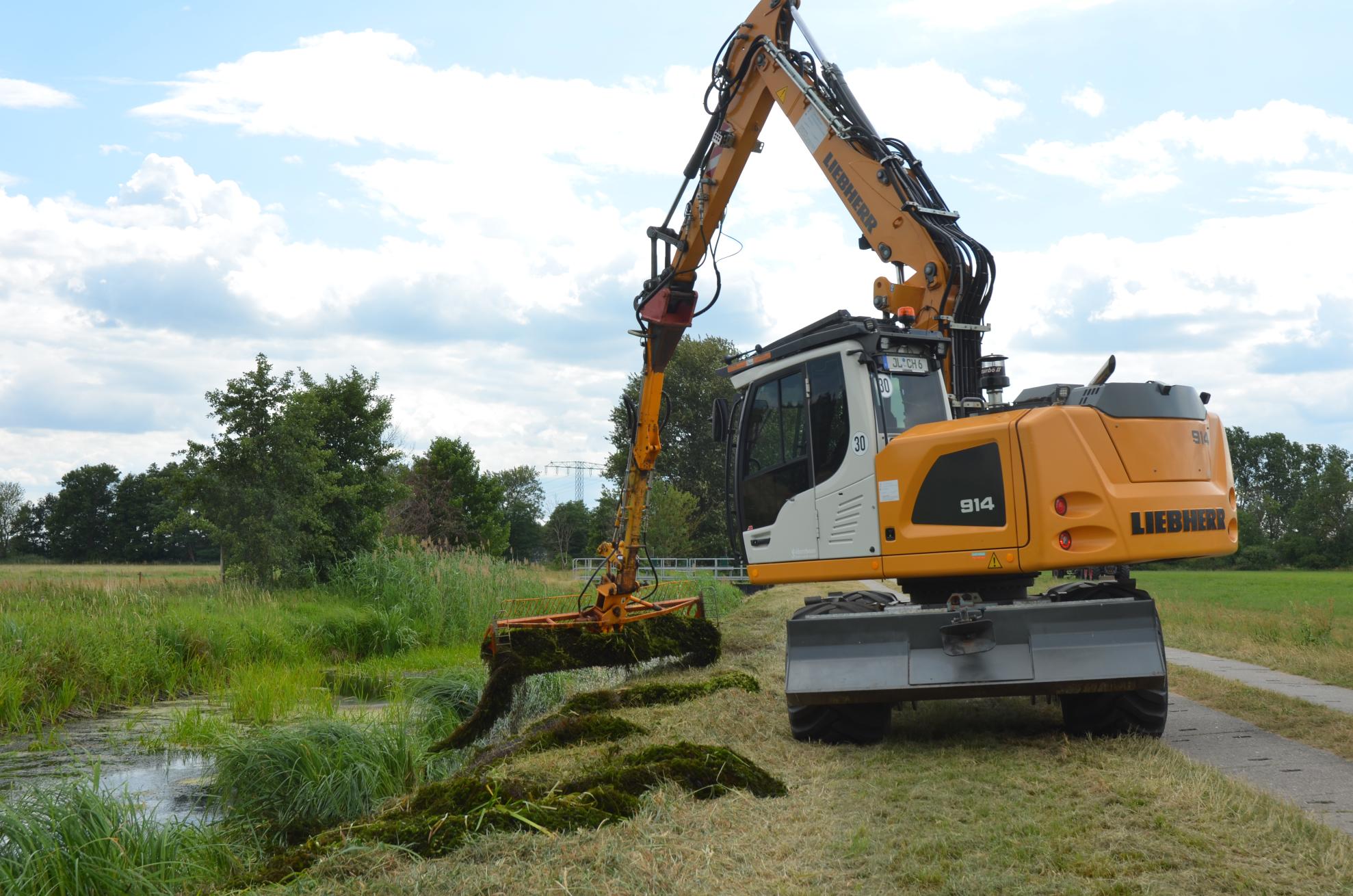
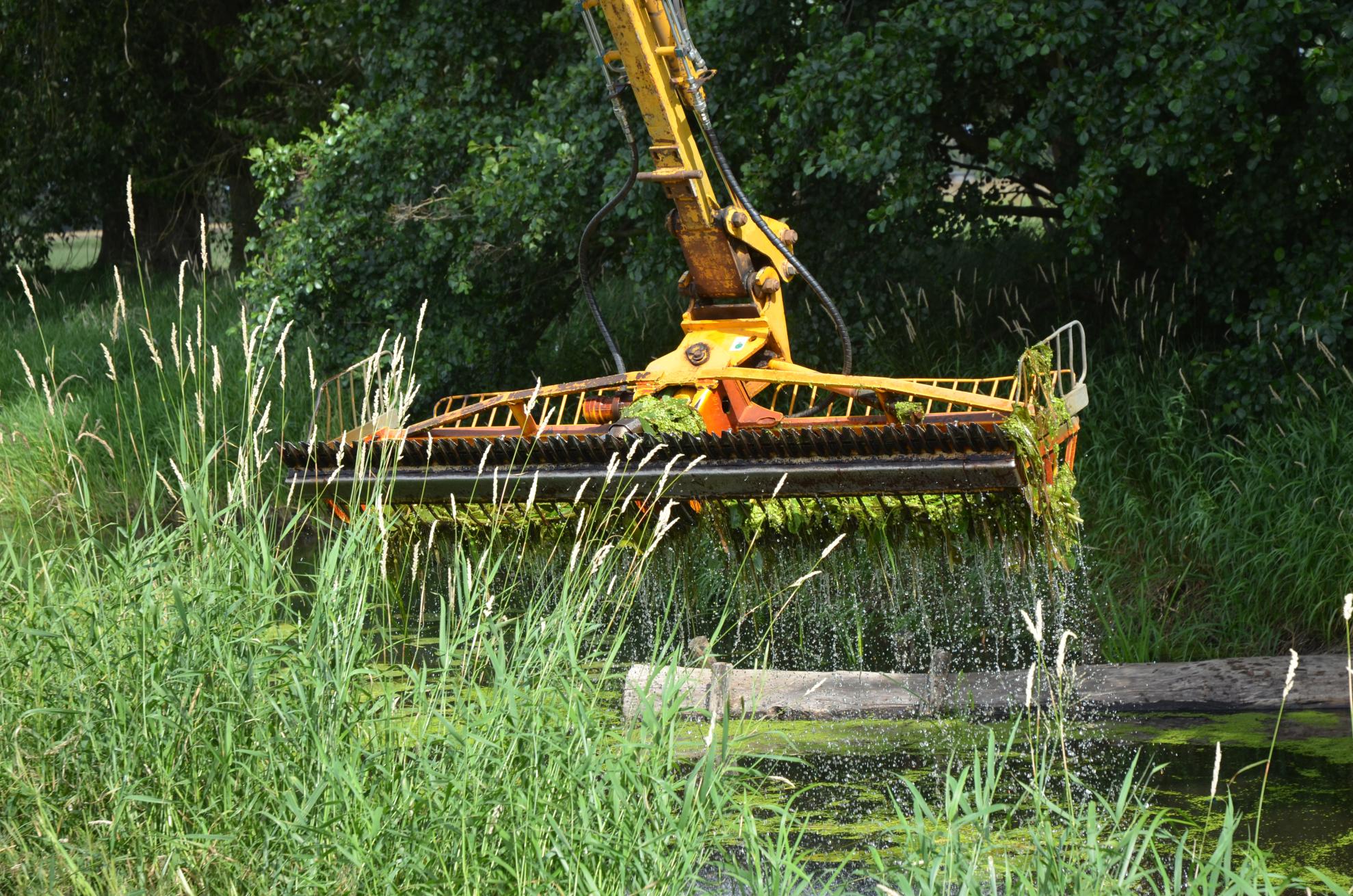
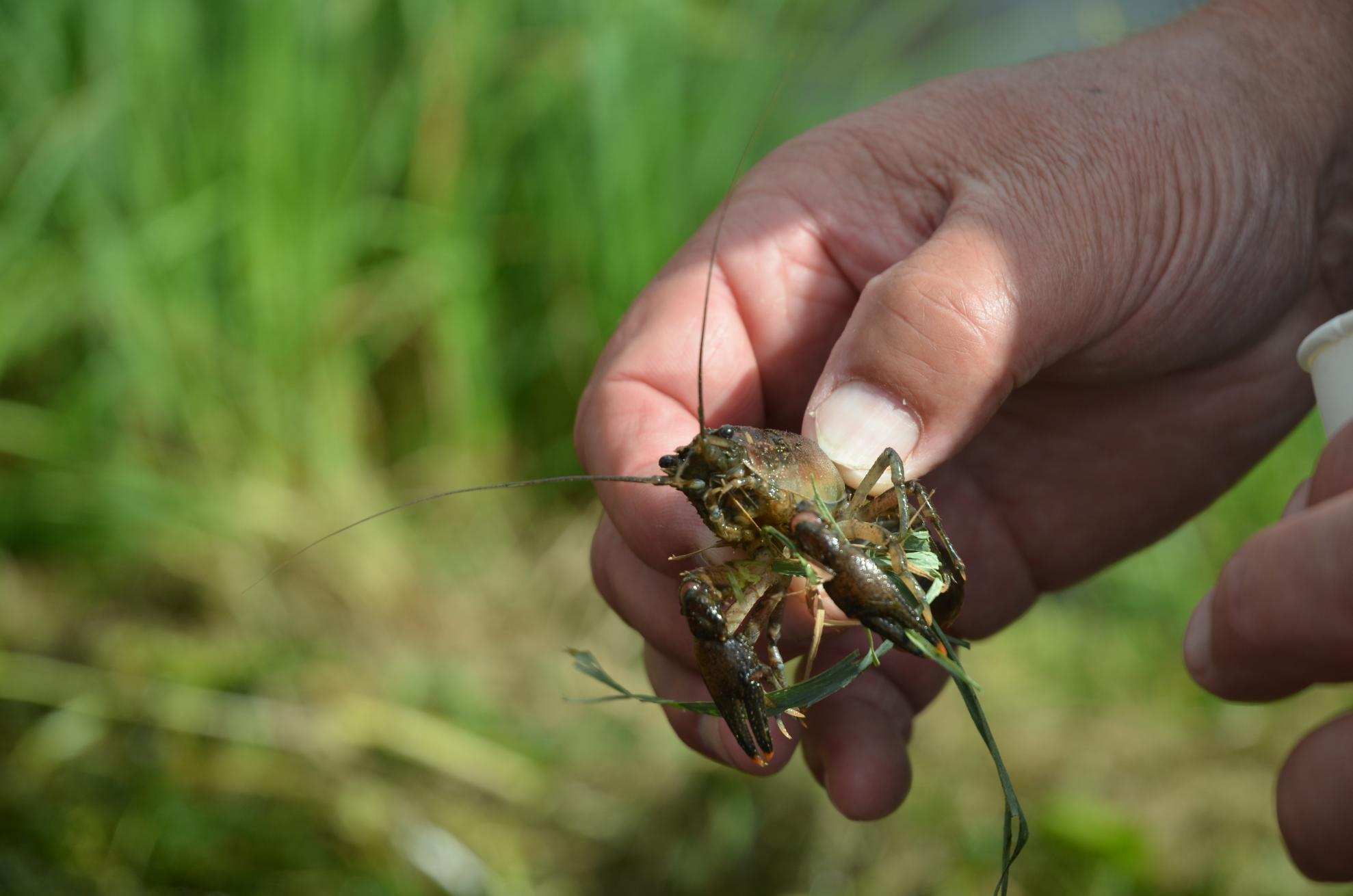
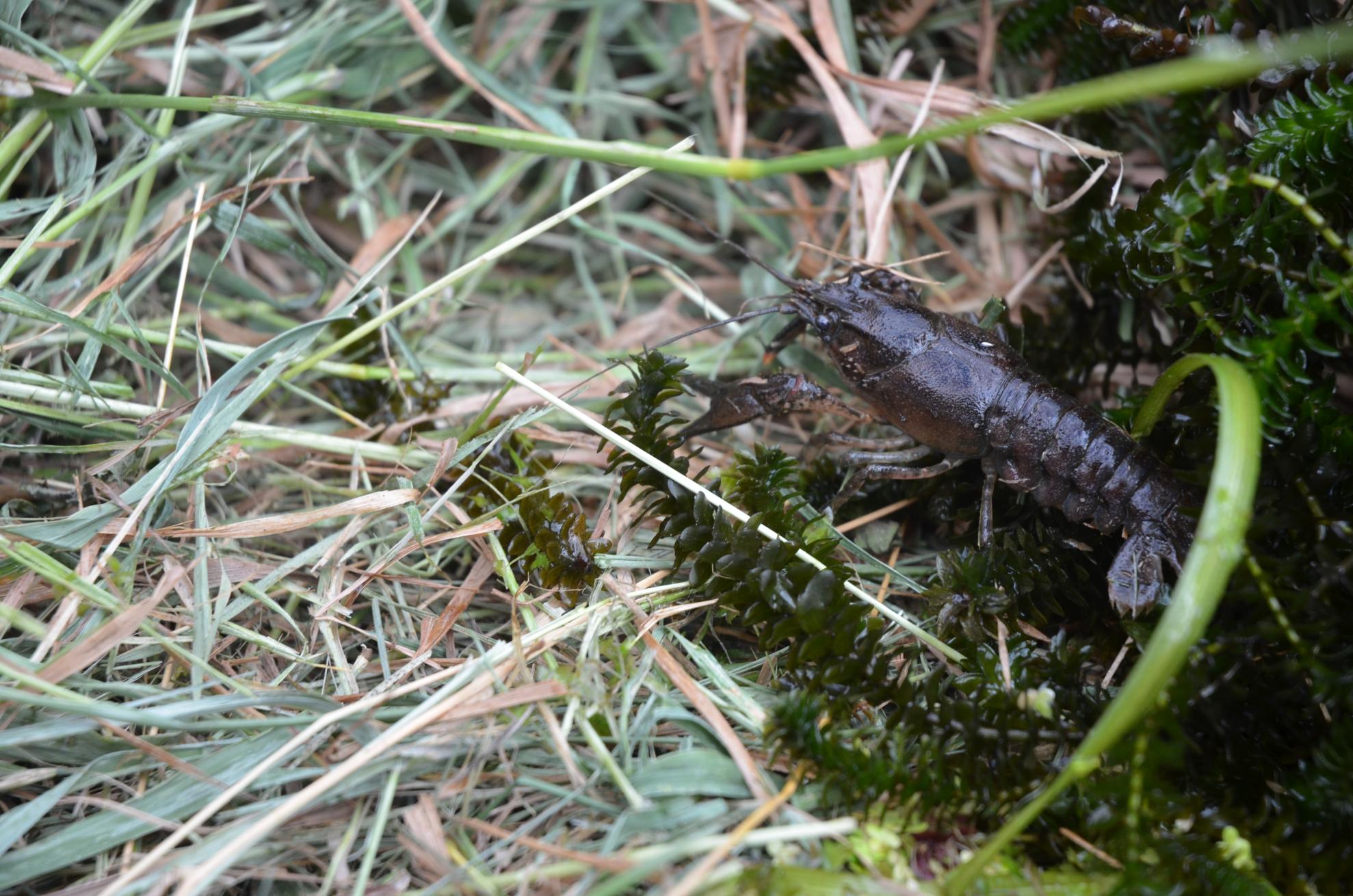
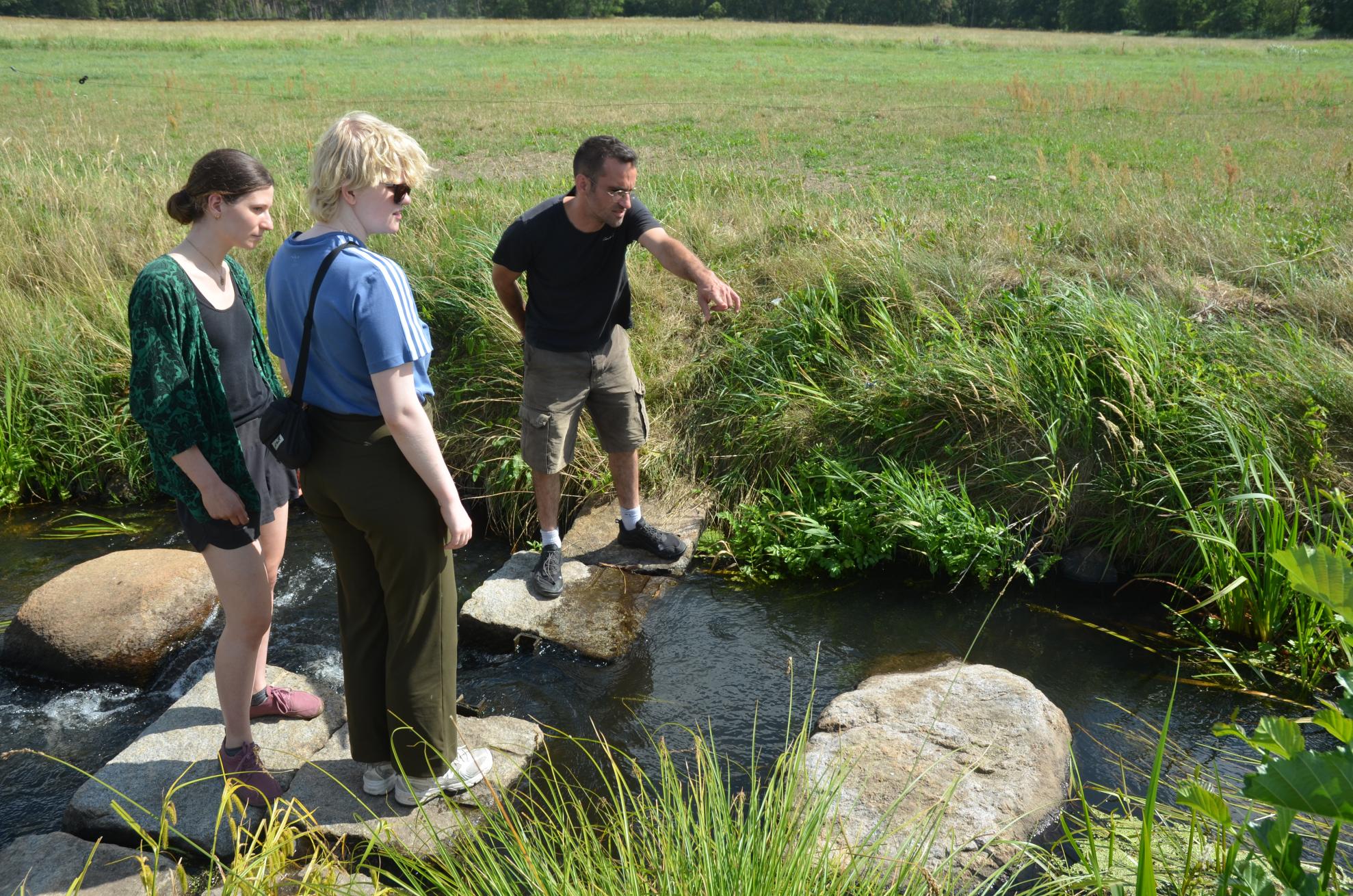
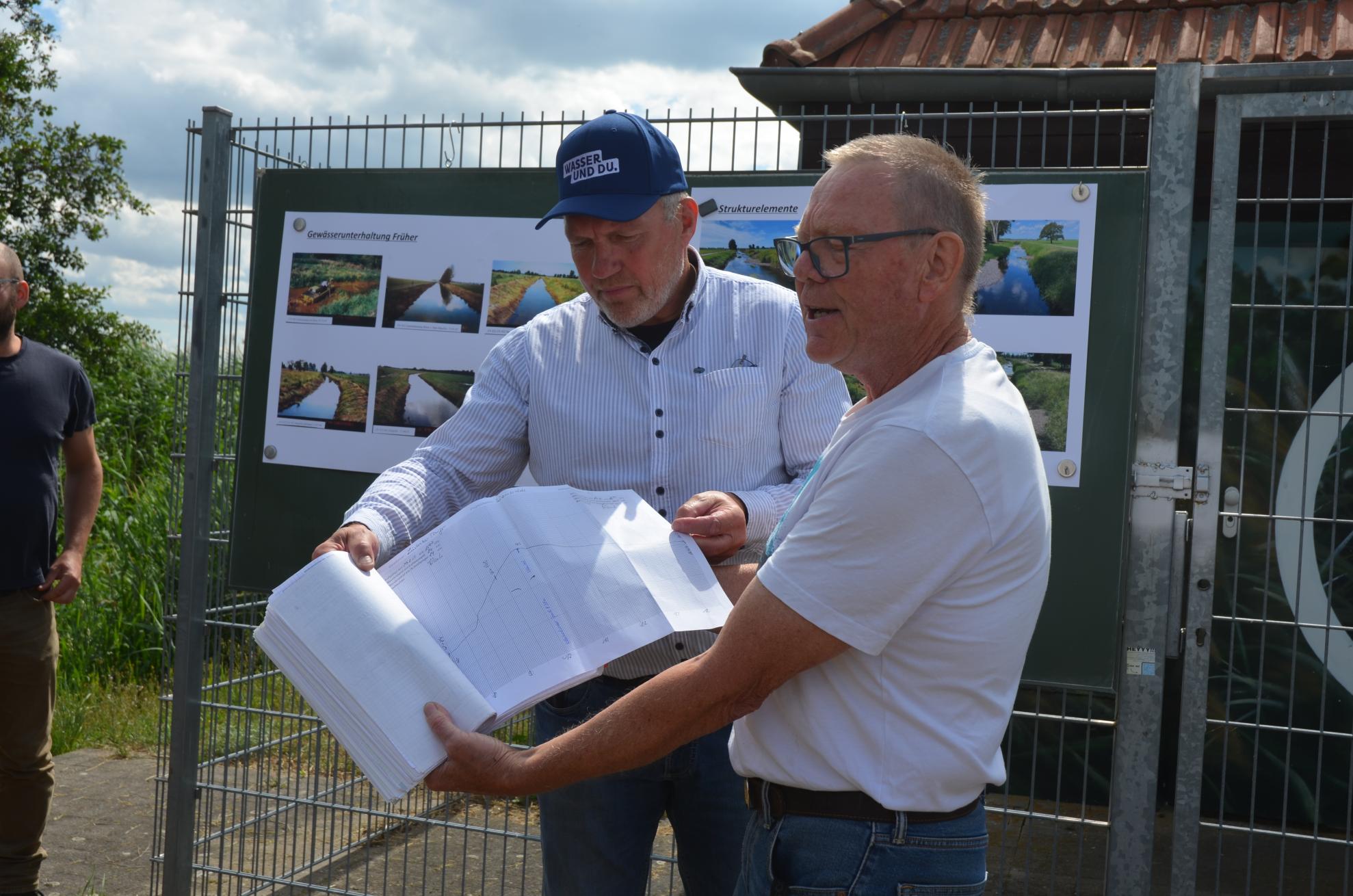
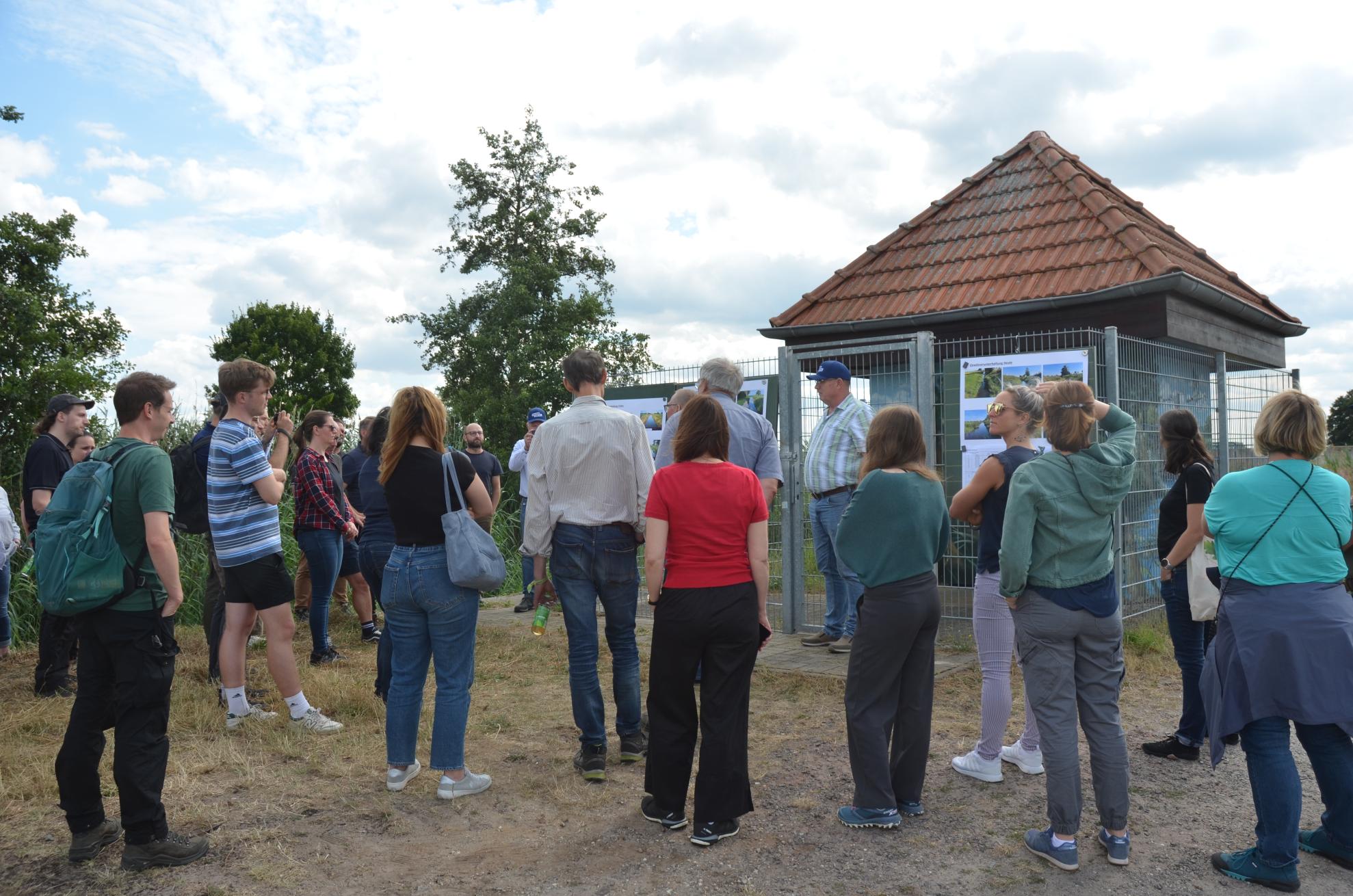
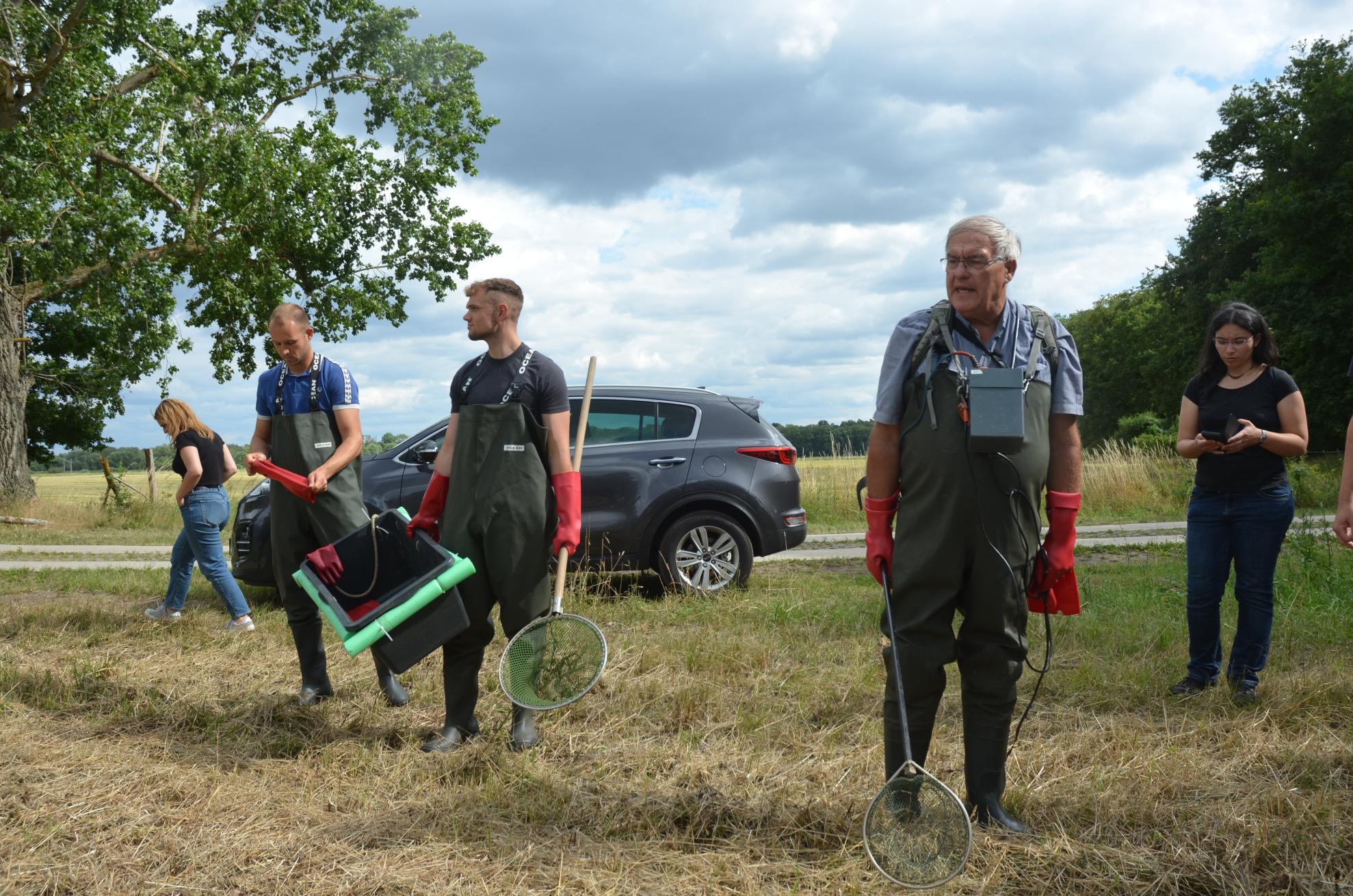
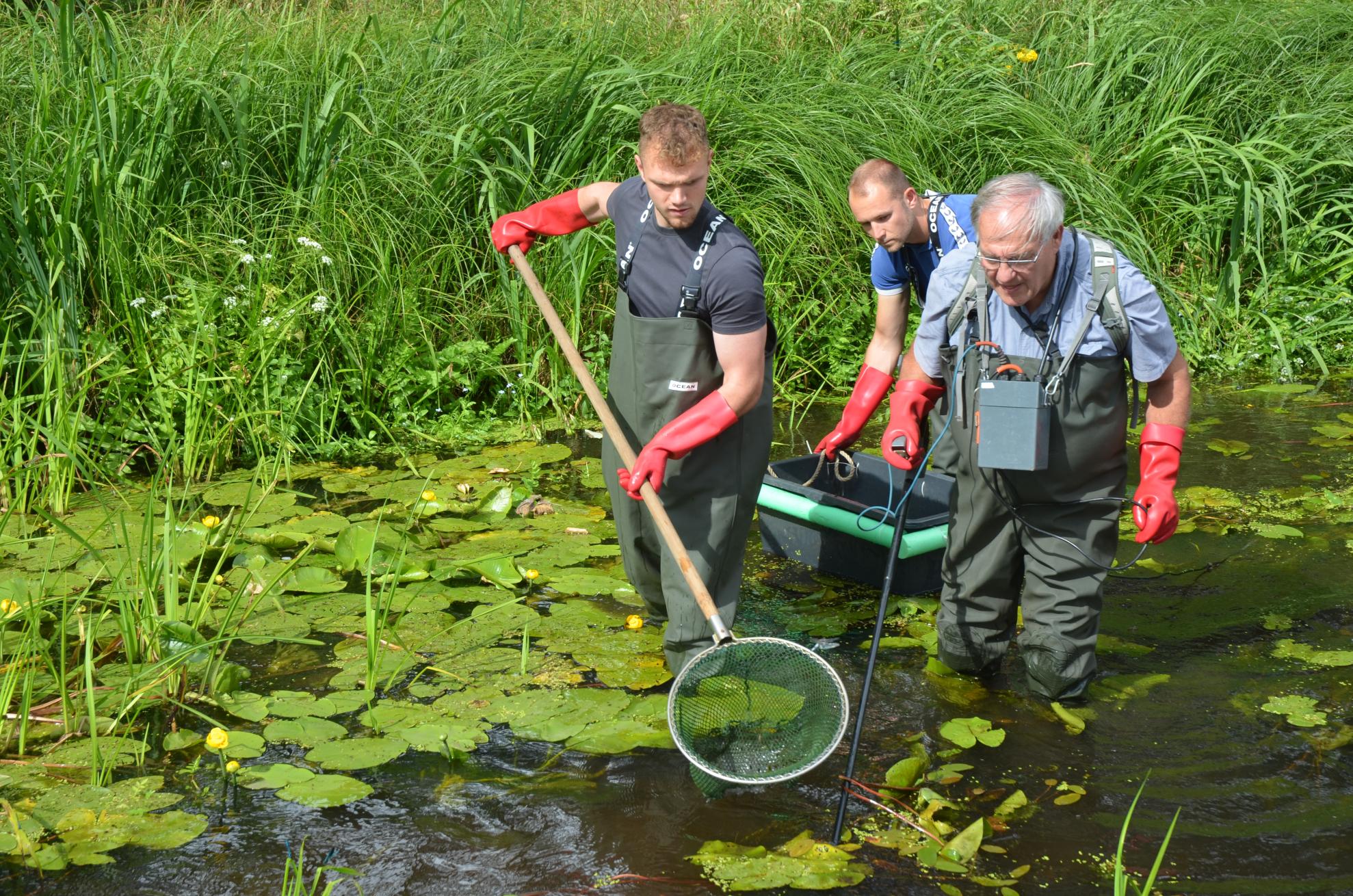
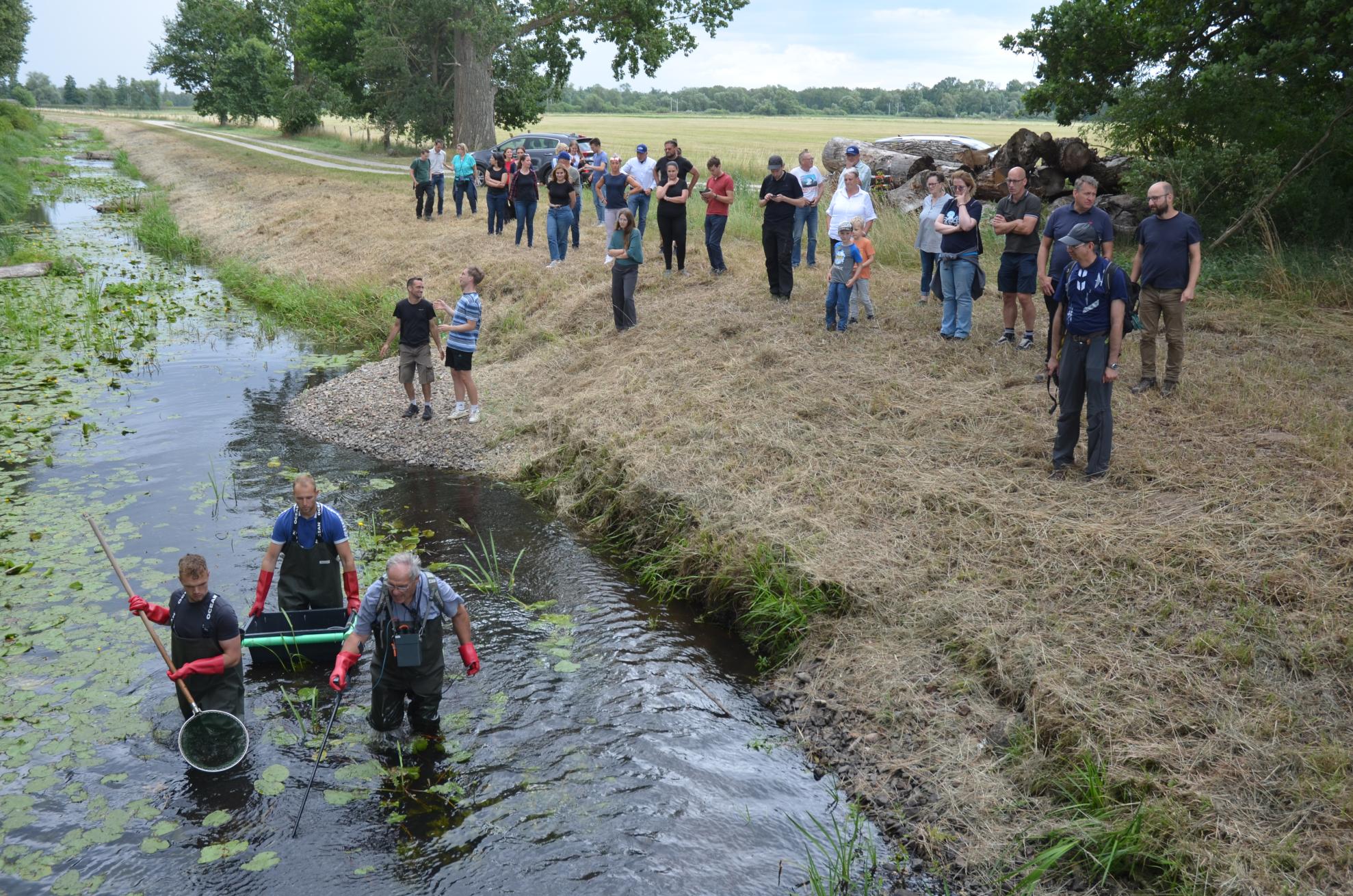
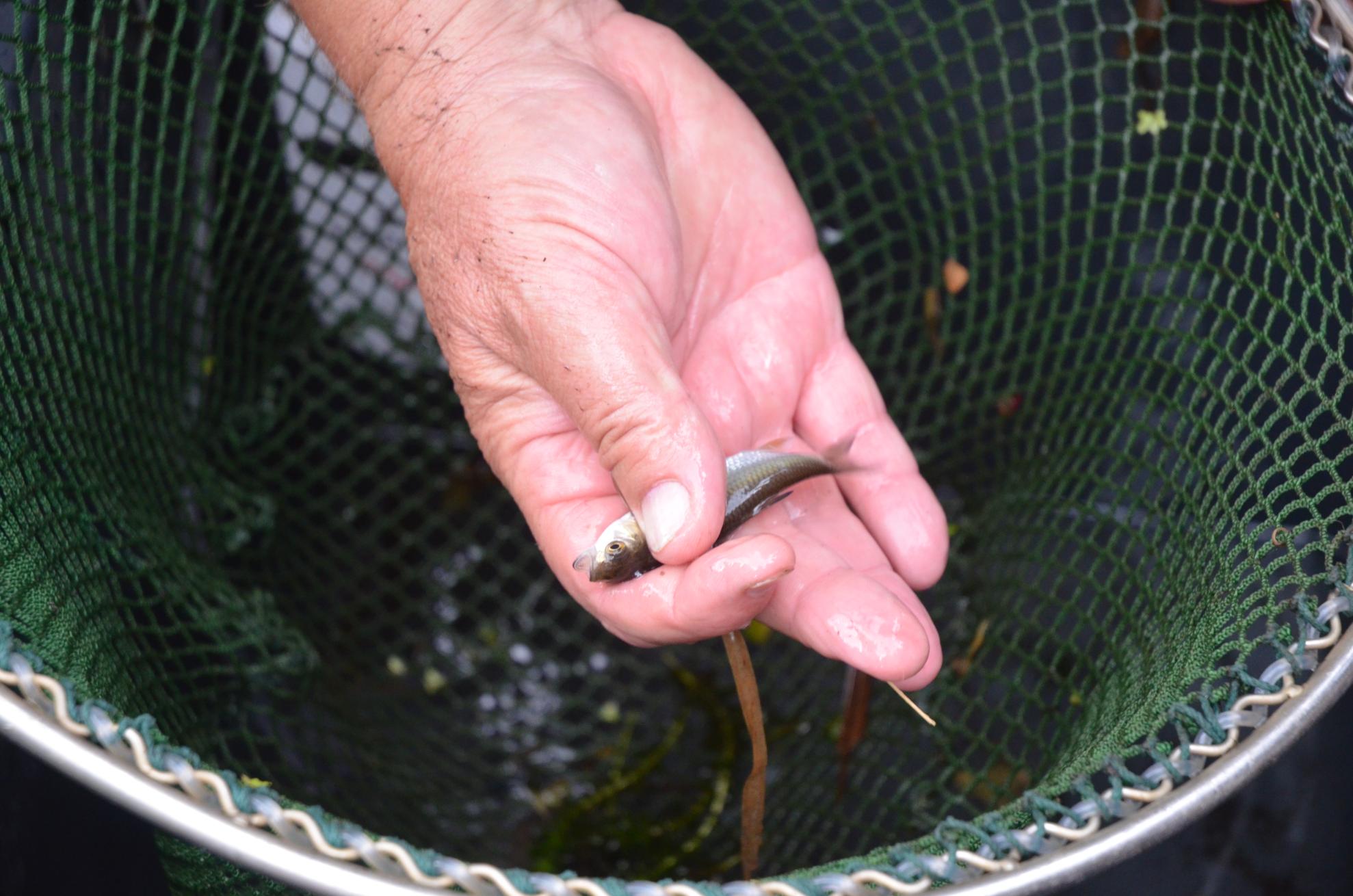

| Voriger Beitrag | Zurück zur Übersicht | Nächster Beitrag |

